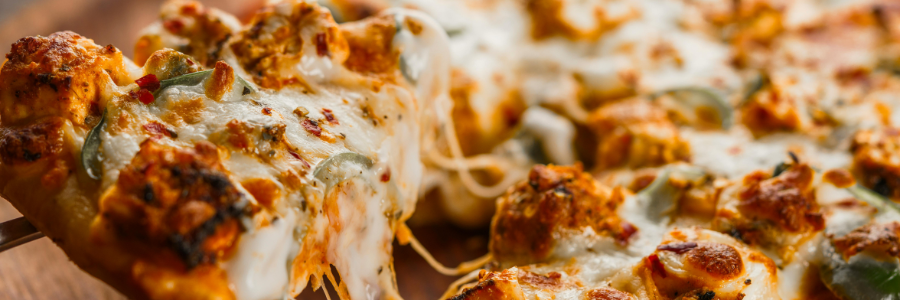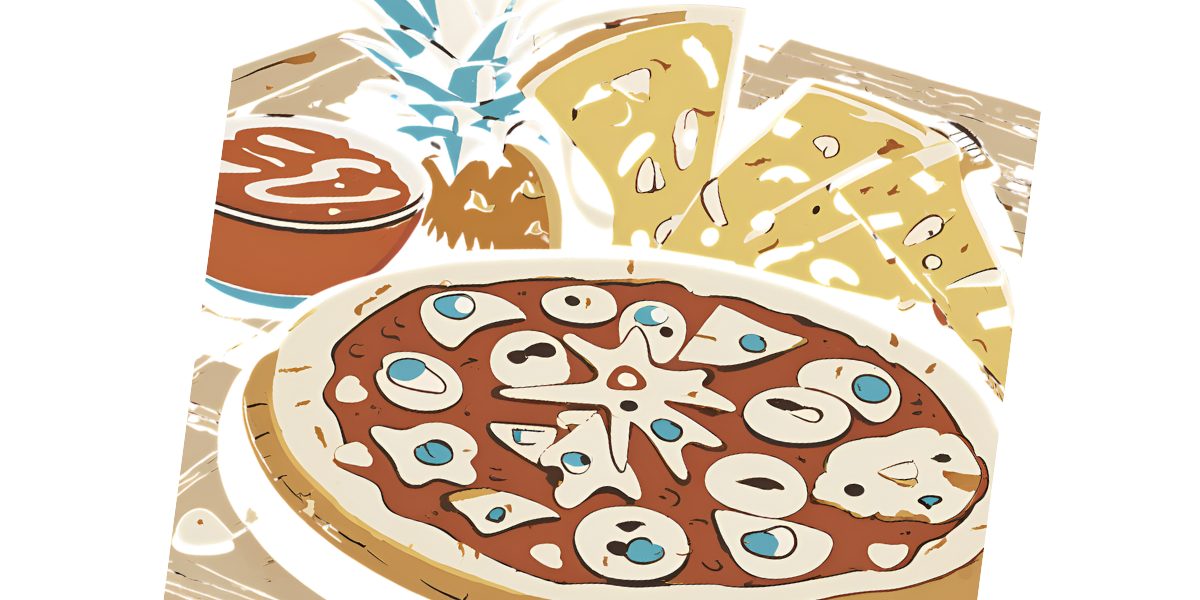How to Tell if Pizza Dough is Bad
Your Guide to Freshness and Safety from Plaza Pizza
When you're craving the best thin-crust pizza near you in Ohio, the last thing you want is to bite into a slice made with bad dough. Pizza dough is the foundation of a great pizza, and if it has gone bad, it can significantly impact the quality of the pizza and even pose health risks. In this blog, we'll cover the signs of bad pizza dough, the causes behind it, and the steps Plaza Pizza takes to ensure its dough is always fresh, giving you the perfect pizza every time.
1. Signs That Pizza Dough Has Gone Bad
If you're wondering whether pizza dough is past its prime, there are a few key signs to look for. Here are the top 3 to 5 indicators:
- Sour Smell: Fresh dough should have a mild, yeasty aroma. If your dough smells sour or unpleasant, it's likely started to ferment too much or has been contaminated with bacteria. A strong sour smell is a clear sign the dough has gone bad.
- Discoloration: Pizza dough should be a light, uniform color, usually white or off-white. If the dough develops gray spots or an overall grayish tint, it’s a sign of oxidation or mold growth, meaning the dough is no longer safe to use.
- Slimy Texture: The dough should feel slightly sticky, but if it’s slimy or overly sticky, it's a red flag. The slimy texture indicates bacterial growth, which can lead to foodborne illnesses.
- Hard or Dry Patches: Pizza dough should be soft and pliable. If you notice dry, crusty patches, the dough has been exposed to air and has dried out, making it tough and less appetizing to eat.
- Visible Mold: This one is obvious, but if you see any mold growth—no matter how small—throw the dough out immediately. Mold can spread beyond what’s visible, making the entire batch unsafe to eat.
2. What Causes Pizza Dough to Go Bad?
Several factors contribute to pizza dough spoiling, including:
- Time: Dough doesn't last forever. Even when stored in the fridge, it has a limited shelf life, typically around three to five days. After this time, it begins to break down, leading to bad smells and textures.
- Improper Storage: Pizza dough that isn’t stored in an airtight container or is left out at room temperature for too long will start to spoil faster. Exposure to air and moisture increases the risk of bacterial growth and mold.
- Contamination: Handling dough with dirty hands or utensils can introduce harmful bacteria that speed up spoilage.
- Over-fermentation: If the dough is left to rise too long or at an incorrect temperature, it can over-ferment. This results in an overly sour taste and a dough that’s too sticky or loose to handle properly.
3. Effects of Bad Pizza Dough
Eating pizza made from spoiled dough can affect both the pizza itself and those who consume it.
- Impact on Pizza Quality: Bad dough results in poor texture, flavor, and overall experience. A pizza with bad dough might taste sour, have a dense or overly chewy crust, or develop an unappealing appearance with discoloration or irregular texture.
- Health Risks: Consuming bad dough can lead to foodborne illnesses caused by bacteria like E. coli or salmonella. Symptoms might include stomach cramps, vomiting, diarrhea, and nausea. It's always better to err on caution and discard any dough that seems off.
4. How Plaza Pizza Ensures Fresh Dough
At Plaza Pizza, ensuring each customer enjoys the freshest and best thin-crust pizza near you is a top priority. Here’s how they keep their dough fresh and prevent spoilage:
- Daily Fresh Dough Preparation: Plaza Pizza prepares fresh dough daily, ensuring that it’s always at its peak when making your pizza. This practice reduces the likelihood of using older, potentially spoiled dough.
- Proper Storage Techniques: Plaza Pizza follows strict storage guidelines, keeping the dough in temperature-controlled environments and storing it in airtight containers to prevent contamination and drying out.
- Frequent Inspections: Before each batch of dough is used, it’s inspected for any signs of spoilage. No slimy, discolored, or moldy dough makes it into your pizza.
- Strict Hygiene Standards: Plaza Pizza's kitchen staff follow stringent hygiene protocols, washing their hands regularly and using clean utensils when handling dough to prevent cross-contamination.
- Quality Ingredients: The quality of the ingredients used to make the dough also plays a significant role. Plaza Pizza uses high-quality flour and yeast, ensuring that their dough is fresh and delicious.
Conclusion
Knowing if pizza dough has gone bad can save you from a disappointing meal and potential health issues. From sour smells to slimy textures, it's essential to recognize the warning signs before using the dough. At Plaza Pizza, you can rest assured that their commitment to freshness ensures every bite of pizza you enjoy is made with the best dough possible. Whether you're craving a classic pie or the best thin-crust pizza near you in Ohio, Plaza Pizza has you covered.
By following proper storage techniques, using fresh ingredients, and adhering to high hygiene standards, Plaza Pizza guarantees that its dough is always fresh, delivering the best pizza experience every time.






